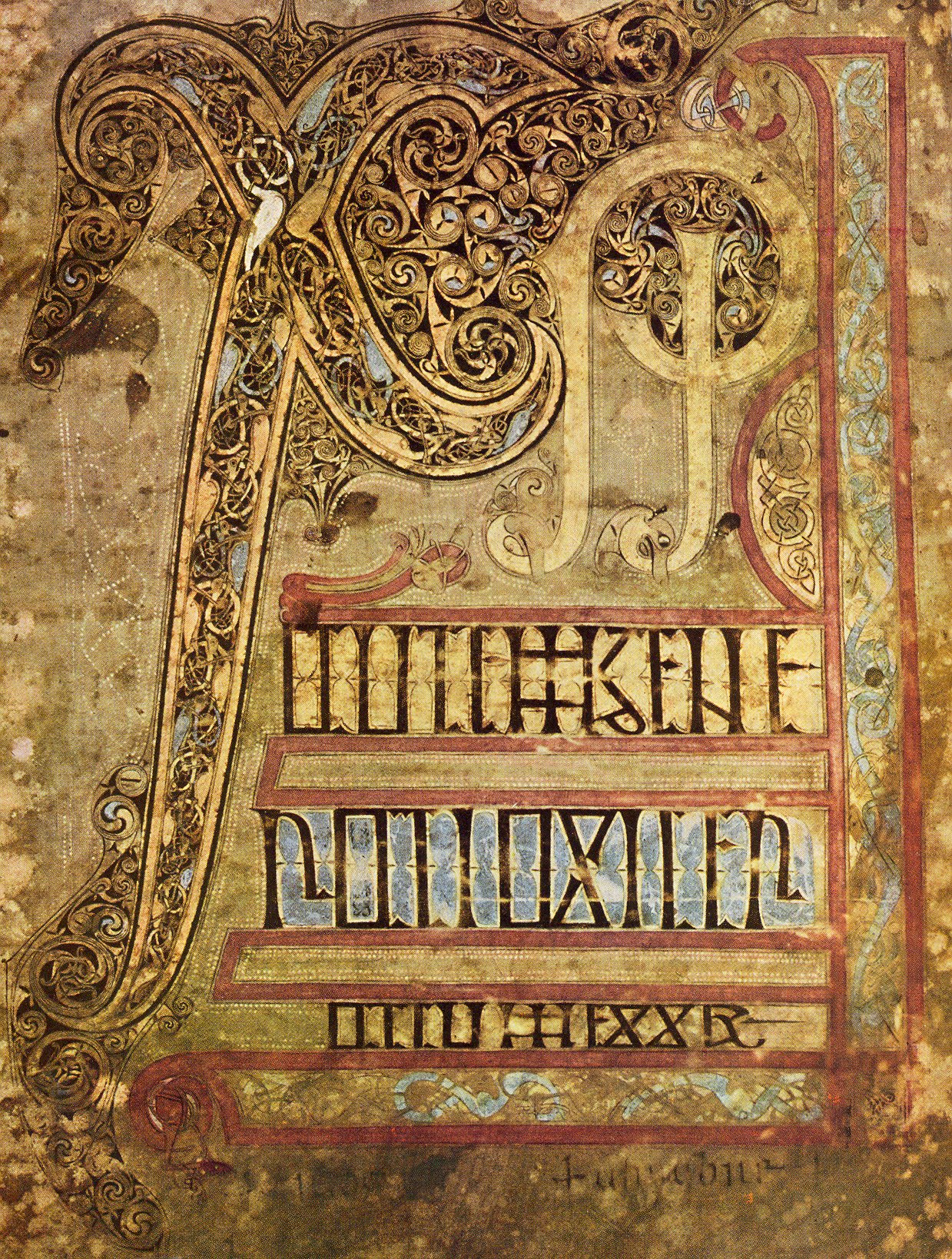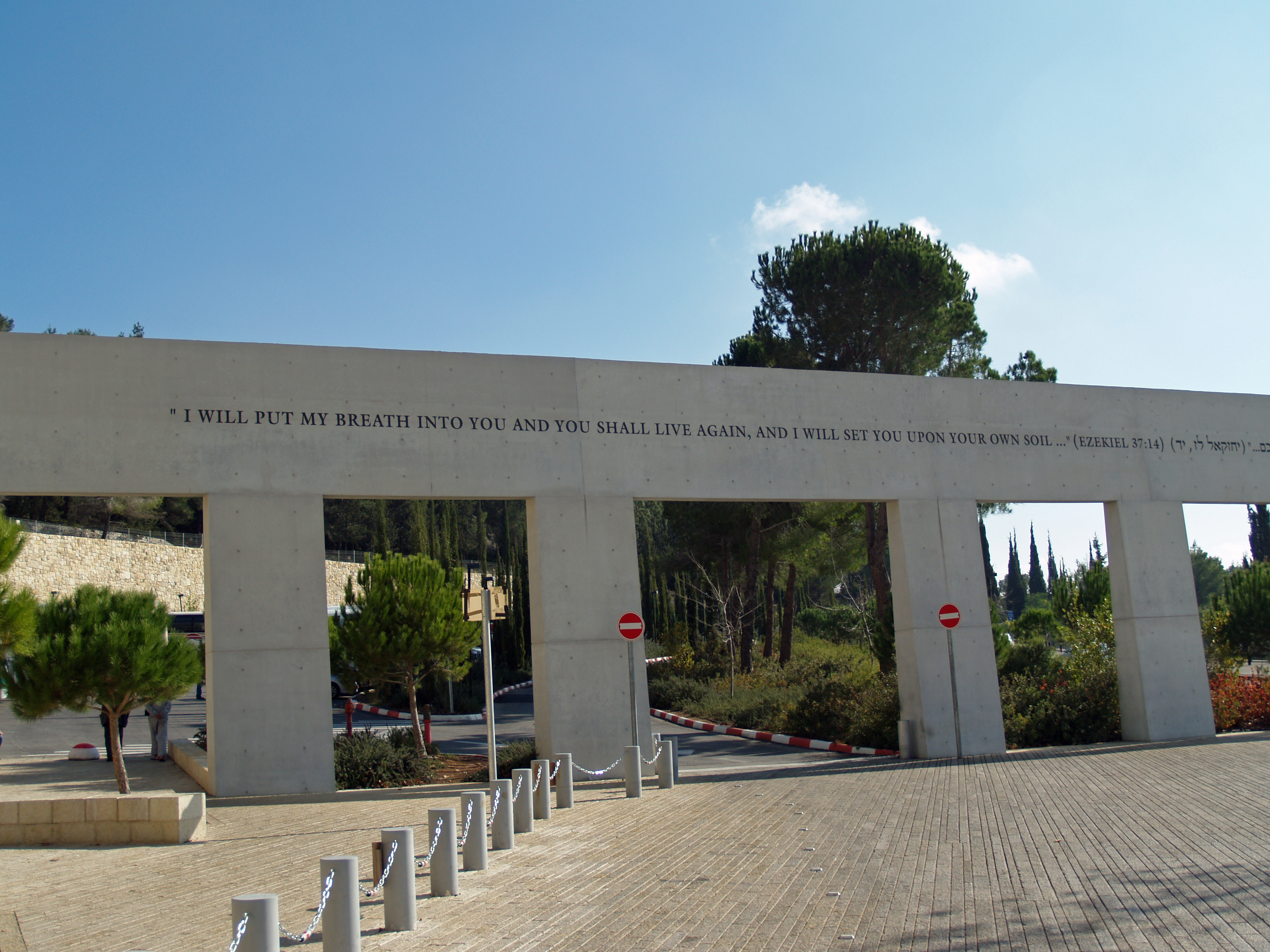|
Egerton Gospels
British Library, Egerton MS 609 is a Breton Gospel Book from the late or third quarter of the ninth century. It was created in France, though the exact location is unknown. The large decorative letters which form the beginning of each Gospel are similar to the letters found in Carolingian manuscripts, but the decoration of these letters is closer to that found in insular manuscripts, such as the Book of Kells and the Lindisfarne Gospels. However, the decoration in the Breton Gospel Book is simpler and more geometric in form than that found in the Insular manuscripts. The manuscript contains the Latin text of St Jerome's letter to Pope Damasus, St. Jerome's commentary on Matthew, and the four Gospels, along with prefatory material (an introduction) and canon tables (an index for a medieval manuscript). This manuscript is part of the Egerton Collection in the British Library. Provenance The Breton Gospel Book was produced in France, most likely in Brittany or Tours. In the fifteent ... [...More Info...] [...Related Items...] OR: [Wikipedia] [Google] [Baidu] |
Brittany
Brittany ( ) is a peninsula, historical country and cultural area in the north-west of modern France, covering the western part of what was known as Armorica in Roman Gaul. It became an Kingdom of Brittany, independent kingdom and then a Duchy of Brittany, duchy before being Union of Brittany and France, united with the Kingdom of France in 1532 as a provinces of France, province governed as a separate nation under the crown. Brittany is the traditional homeland of the Breton people and is one of the six Celtic nations, retaining Culture of Brittany, a distinct cultural identity that reflects History of Brittany, its history. Brittany has also been referred to as Little Britain (as opposed to Great Britain, with which it shares an etymology). It is bordered by the English Channel to the north, Normandy to the northeast, eastern Pays de la Loire to the southeast, the Bay of Biscay to the south, and the Celtic Sea and the Atlantic Ocean to the west. Its land area is 34,023 ... [...More Info...] [...Related Items...] OR: [Wikipedia] [Google] [Baidu] |
Lichfield Gospels
The Lichfield Gospels (also known as the St Chad Gospels, the Book of Chad, the Llandeilo Gospels, the St Teilo Gospels and variations of these) is an 8th-century Insular script, Insular Gospel Book housed in Lichfield Cathedral. There are 236 surviving pages, eight of which are illuminated. Another four contain framed text. The pages measure 30.8 cm by 23.5 cm. The manuscript is also important because it includes, as marginalia, some of the earliest known examples of written Old Welsh, dating to the early part of the 8th century.Encyclopaedia Wales; University of Wales Press; main editor: John Davies; page 577 The art historian Peter Lord (art historian), Peter Lord dates the book at 730, placing it chronologically before the Book of Kells but after the Lindisfarne Gospels. Marginal entries indicate that the manuscript was in the possession of the church of St Teilo in Wales at some point in the 9th century and eventually came into the possession of Lichfield Cathedra ... [...More Info...] [...Related Items...] OR: [Wikipedia] [Google] [Baidu] |
Ezekiel
Ezekiel, also spelled Ezechiel (; ; ), was an Israelite priest. The Book of Ezekiel, relating his visions and acts, is named after him. The Abrahamic religions acknowledge Ezekiel as a prophet. According to the narrative, Ezekiel prophesied the destruction of Judah's capital city Jerusalem. In 587 BC, the Neo-Babylonian Empire conquered Jerusalem, destroyed Solomon's Temple, and sent the Judahite upper classes into the Babylonian captivity. However, Ezekiel also prophesied the eventual restoration of the Jewish people to the Land of Israel. It is believed he died around 570 BC; Ezekiel's Tomb is a Jewish religious site in Mesopotamia. Three decades later, in 539 BC, the Persian empire conquered Babylon and the Edict of Cyrus repatriated the exiles. The name "Ezekiel" means "God is strong" or "God strengthens" in Hebrew. Biblical account The author of the Book of Ezekiel presents himself as Ezekiel, the son of Buzi, born into a priestly ( kohen) lineage. The aut ... [...More Info...] [...Related Items...] OR: [Wikipedia] [Google] [Baidu] |
Monarchian Prologues
The Monarchian Prologues are a set of Latin introductions to the four canonical gospels of '' Matthew'', ''Mark'', '' Luke'' and ''John''. They were long thought to have been written in the second or third century from a Monarchian perspective, hence their name. Today they are generally regarded as Priscillianist compositions from the late fourth or early fifth century. They appear to be the work of a single author. John Chapman even concluded that they were the work of Priscillian himself, who died in 386. The Latin style of the prologues is convoluted and difficult to understand. The prologues provide background on the traditional authors ( Matthew, Mark, Luke and John) and their theological purposes. Since Luke and John were also credited with the ''Acts of the Apostles'' and the ''Book of Revelation'', respectively, information contained in their prologues was eventually spun out into separate prologues to ''Acts'' and ''Revelation''. The earliest manuscript with these separ ... [...More Info...] [...Related Items...] OR: [Wikipedia] [Google] [Baidu] |


